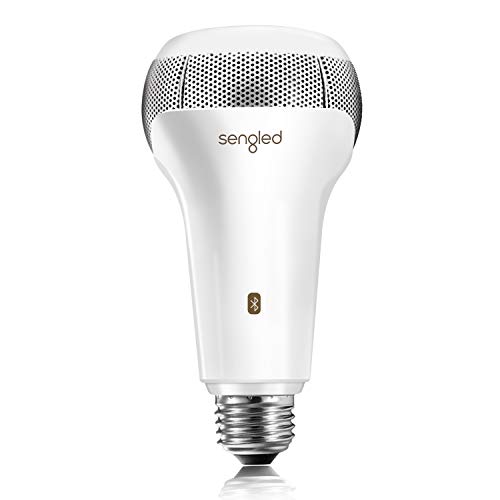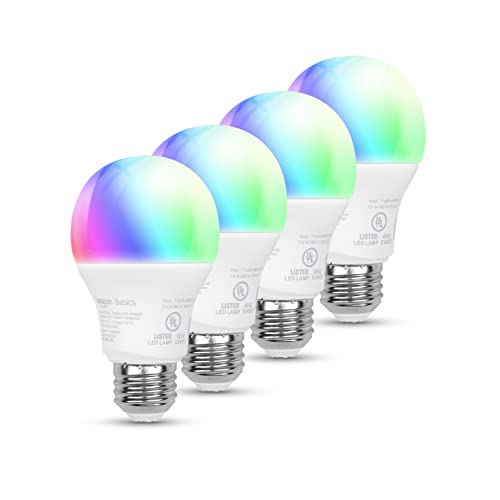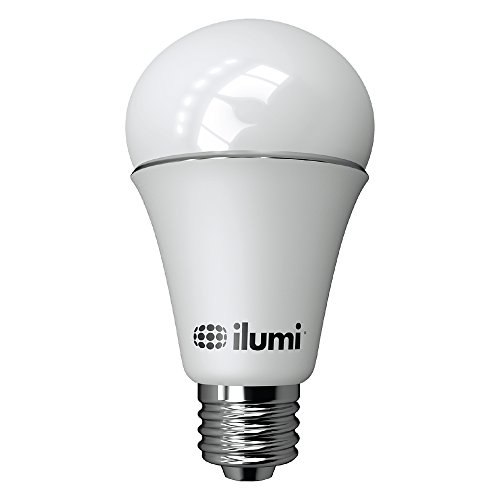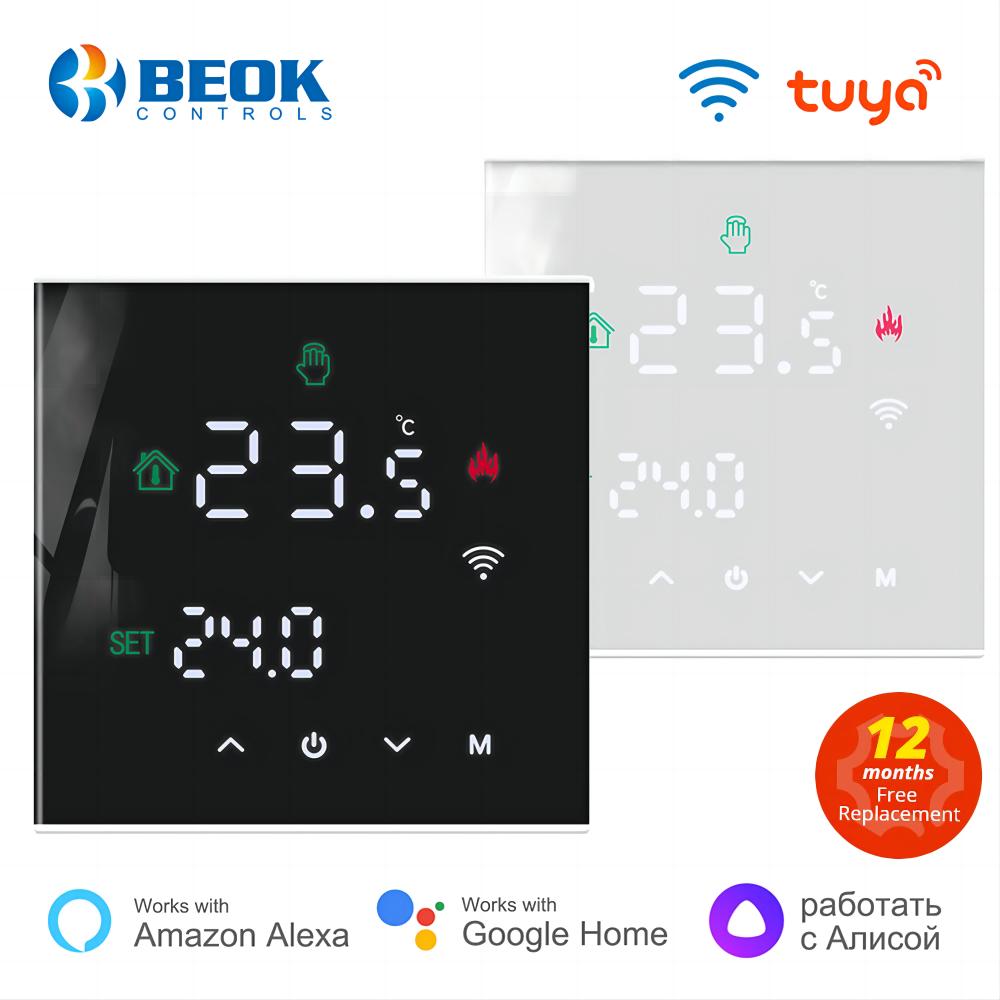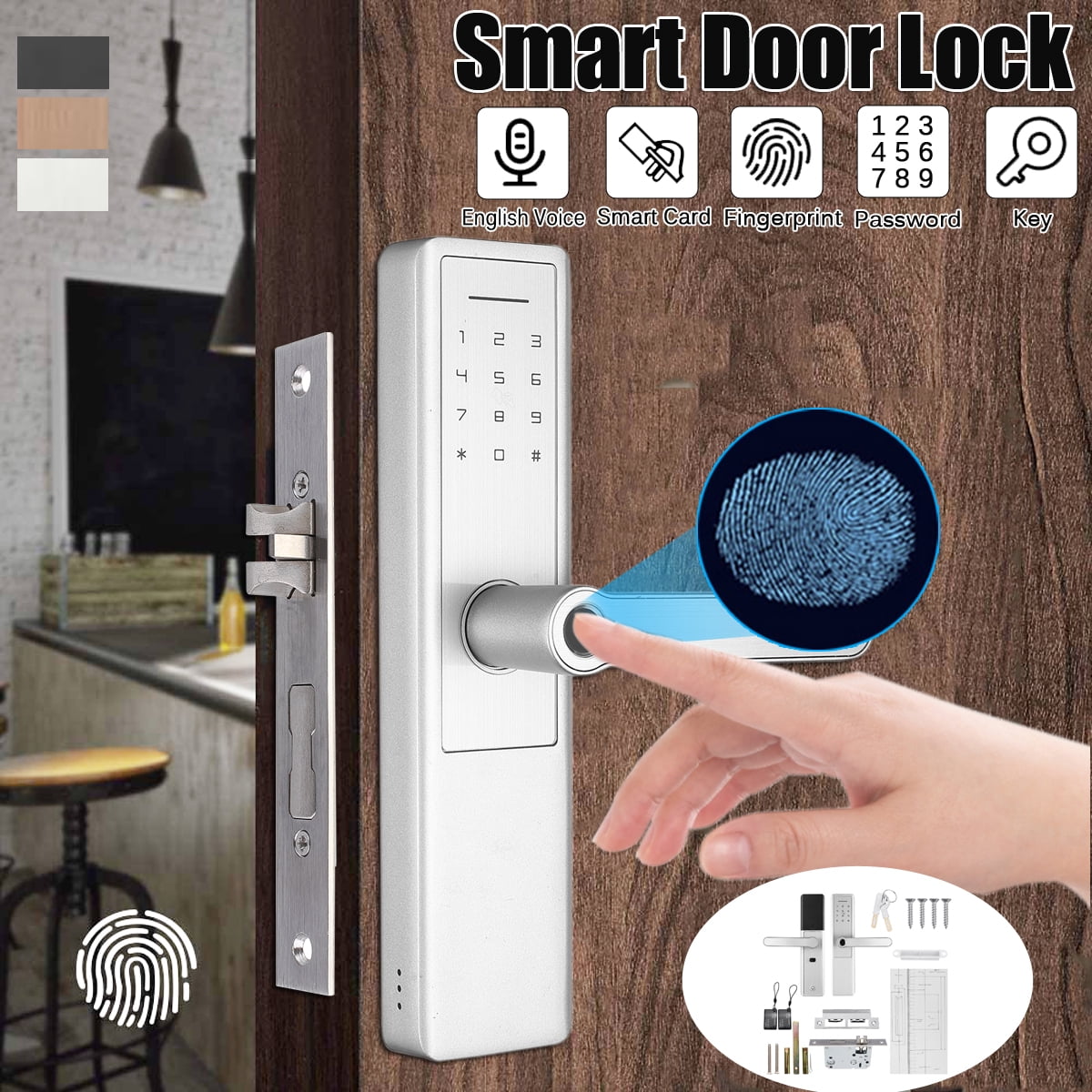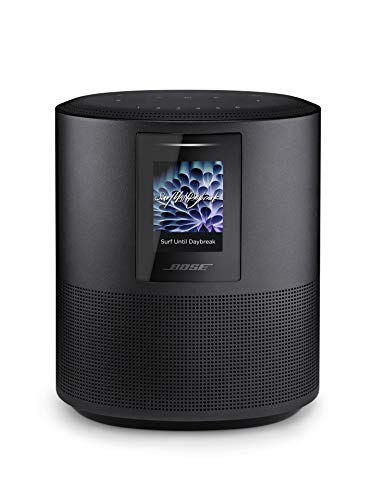Unleashing the Power of Automation: Exploring Smart Home Devices
Defining Home Automation
Home automation, often synonymous with the broader concept of a smart home, refers to the automatic and electronic control of household features, activity, and appliances. Various smart home devices fall under this umbrella, including systems for lighting, temperature control, security, and entertainment. These devices can be controlled remotely or configured to act autonomously, enhancing the homeowner's comfort, convenience, and energy efficiency.
The Evolution of Home Devices
The journey of home devices from simple mechanical contraptions to today's sophisticated, internet-connected apparatus reflects significant technological advancements. Initially, home automation was limited to basic timer-controlled systems and wired setups. However, with the advent of wireless technology and the Internet of Things (IoT), a new era of smart home devices emerged, capable of learning from user behavior, making decisions, and interacting with other devices.
The modern smart home ecosystem comprises a wide array of products:
- Lighting: Smart bulbs and lighting systems that adjust brightness and color
- Thermostats: Devices that learn user preferences for temperature and adjust accordingly
- Security Cameras: Systems that provide real-time surveillance and alerts
- Door Locks: Locks that can be remotely controlled for access management
- Appliances: Fridges, ovens, and washing machines with connectivity for remote operation
- Entertainment Systems: Speakers and televisions that integrate with smart home networks
These devices can often be managed through a central home automation hub, providing an integrated platform for homeowners to control their living environment. The integration of devices leads to tangible benefits such as energy savings, heightened security, and improved overall home management (Home Theater Review).
Additionally, smart devices have grown to encompass safety features, integrating smoke detectors, carbon monoxide sensors, and water leak sensors, offering comprehensive security and early detection of potential hazards.
As the smart home market evolves, consumer preferences and technology trends drive the development of new products and solutions. With advancements in artificial intelligence (AI) and machine learning, voice command integration becomes more sophisticated, enhancing the user experience and expanding the capabilities of smart homes. Companies in the smart home industry continue to innovate, with home automation companies focusing on addressing barriers to adoption and improving the security of these interconnected devices.
The evolution of smart home devices reflects the growing demand for automation that offers convenience, energy efficiency, and enhanced security, underpinning the modern homeowner's lifestyle. As these technologies advance, they promise to deliver even greater integration and control over the home environment, reaffirming the importance of staying informed about home automation security to protect these sophisticated systems.
Types of Smart Home Devices
Smart home devices offer homeowners the chance to revolutionize their living spaces for improved comfort, energy efficiency, and security. There are a variety of devices designed to meet the specific needs of a modern home, each category bringing its own unique set of advantages.
Thermostats and Energy Efficiency
Smart thermostats are at the forefront of energy-saving home automation. They have the capability to learn and adapt to the homeowner's temperature preferences, resulting in optimized heating and cooling schedules. According to New York Times Wirecutter](https://www.nytimes.com/wirecutter/blog/smart-home-devices-save-money-energy/), these devices can help save up to 23% on heating and cooling costs. For those looking to delve deeper into the benefits of smart thermostats, information can be found through [home automation systems.
| Potential Savings | Heating Costs | Cooling Costs |
|---|---|---|
| Up to 23% | Up to 30% | 10-30% on total energy costs |
These figures are supported by the Enercare Blog, which also emphasizes the cost-efficiency of these devices.
$32.32
$23.27
4.4 out of 5 starsSmart Thermostat for Home Automation
Upgrade Your Home's Climate Control with a Smart Thermostat
Product information
Product Review Score
Product links
Security Systems and Peace of Mind
Security systems have become a cornerstone in the smart home device market, offering homeowners the peace of mind that their property and loved ones are safe. Modern smart home security systems provide real-time alerts, remote monitoring, and the ability to integrate with other smart home devices for a comprehensive security solution. For insights into the latest advancements in smart home security, one might consider exploring home automation security.
Lighting and Comfort Control
Smart lighting systems transform the way homeowners interact with their living spaces. These systems allow for the adjustment of brightness levels and can be programmed to turn on or off based on occupancy and time of day, which contributes to significant energy savings. As reported by Enercare Blog, smart light bulbs are approximately 80% more efficient than traditional bulbs, promising considerable cost savings.
| Efficiency Comparison | Smart Bulbs | Traditional Bulbs |
|---|---|---|
| Energy Efficiency | 80% more efficient | --- |
| Lifespan | Up to 25 times longer | --- |
Smart Color Light Bulb with Wi-Fi
Experience Customizable Lighting Control with our Smart Color Light Bulb
Product information
$12.88 $8.11
Product Review Score
4.98 out of 5 stars
122 reviewsProduct links
Voice Assistants and Accessibility
Voice assistants have become a pivotal feature in the realm of smart home devices, providing users with the convenience of hands-free control over their home environment. These devices are compatible with various smart home products, allowing for seamless integration and operation through simple voice commands. The ability to control thermostats, lights, and even kitchen appliances via voice enhances both energy efficiency and accessibility, especially for individuals with mobility issues or disabilities.
| Features | Description |
|---|---|
| Accessibility | Assist those with disabilities |
| Energy Efficiency | Easy adjustments for savings |
| Security | Enhanced safety features |
The use of voice assistants is an excellent example of how smart home devices are evolving to become more intuitive and user-friendly. For those interested in voice-controlled home automation, further information can be found by visiting home automation companies that specialize in this technology.
$44.54
$39.99
4.14 out of 5 starsGoogle Home Smart Speaker with Voice Assistant - White
The Ultimate Home Assistant for Your Daily Life
Product information
Product Review Score
Product links
Benefits of Smart Home Technology
The advent of smart home devices has revolutionized the way homeowners interact with their living spaces. With the promise of increased efficiency and enhanced control, these devices offer a multitude of benefits that cater to the modern lifestyle.
Convenience and Remote Access
One of the most compelling advantages of smart home technology is the convenience and flexibility it provides. Homeowners can effortlessly manage their devices remotely using smartphones or other connected devices. This means that they can adjust settings such as temperature, lighting, and even appliance usage from any location, ensuring their home environment is just as they desire it upon return. The Enercare Blog highlights how this remote access not only offers convenience but also helps in maintaining control over the home environment.
Energy Savings and Cost Efficiency
Smart home devices play a significant role in promoting energy efficiency. By allowing homeowners to tailor their energy usage to their actual needs, smart thermostats, lighting systems, and plugs can lead to considerable savings on utility bills. Devices such as smart thermostats learn the homeowner's schedule and temperature preferences, making automatic adjustments to conserve energy when the home is unoccupied. The energy savings potential is outlined by Enercare Blog, which emphasizes the cost efficiency brought about by these intelligent systems.
| Device Type | Average Energy Savings |
|---|---|
| Smart Thermostats | 10-12% on heating, 15% on cooling |
| Smart Lights | Up to 60% reduction in energy usage |
| Smart Plugs | Eliminate standby power usage |
Enhanced Security Features
Homeowners are increasingly looking for ways to enhance the security of their homes, and smart home devices offer robust solutions. With features like security cameras that provide live feeds, smart locks that can be controlled remotely, and motion sensors that alert homeowners to unexpected activity, these devices deliver peace of mind and an added layer of security. As noted by Home Theater Review, these enhanced security features can be integrated seamlessly into a homeowner's daily routine, providing vigilant protection without intruding on their lifestyle.
For those interested in exploring the various devices and systems that contribute to these benefits, more information can be found on home automation systems, home automation hub, home automation companies, and home automation security. By understanding the full scope of what smart home technology has to offer, homeowners can make informed decisions and invest in solutions that best fit their needs and preferences.
Integrating Devices for a Smarter Home
The integration of smart home devices can transform an ordinary home into a well-connected, intelligent environment. Ultimately, it's about enhancing the harmony between various devices to create a cohesive system that offers convenience and efficiency.
Compatibility and Connectivity
Before adding new devices to a smart home, it's crucial to ensure compatibility and connectivity among all components. Many smart home devices](https://hometheaterreview.com/smart-home-integration-what-are-the-benefits-and-which-devices-and-platforms-to-use/) are designed to work seamlessly with a central [home automation hub, which acts as the brain of the system by facilitating communication and coordination.
| Device Type | Common Connectivity Protocols |
|---|---|
| Smart Thermostats | Wi-Fi, Zigbee, Z-Wave |
| Security Cameras | Wi-Fi, Bluetooth |
| Smart Locks | Bluetooth, NFC |
Selecting devices that support standard connectivity protocols such as Wi-Fi, Zigbee, or Bluetooth ensures that they can easily communicate with each other and with the home automation hub. This interoperability is vital for executing commands and automating tasks without user intervention.
$120.58
$43.99
4.32 out of 5 starsSmart Lock with Fingerprint and Touchscreen Technology
Secure Your Home with State-of-the-Art Smart Lock Technologies
Product information
Product Review Score
Product links
Voice Command Integration
Voice command tools like Amazon Alexa and Google Assistant have revolutionized how homeowners interact with their smart home systems. With voice command integration, devices can perform actions such as adjusting thermostats, turning on lights, and playing music upon receiving vocal instructions, delivering a hands-free user experience (GitHub).
| Voice Assistant | Supported Actions |
|---|---|
| Amazon Alexa | Lighting control, temperature adjustments |
| Google Assistant | Music playback, security system arming |
For homeowners looking to optimize energy use, integrating smart home devices with voice assistants can lead to significant savings. For instance, simply saying "turn off the living room lights" can reduce unnecessary energy consumption.
Automation Through Apps and Platforms
Home automation is not limited to hardware; it also involves software solutions that allow for advanced control and customization. Homeowners can use various apps and platforms to automate their smart home devices, scripting actions using programming languages such as Python or JavaScript. GitHub hosts a plethora of scripts and code snippets, offering syntax highlighting for better readability and formatting (GitHub).
Here's a simple example of how a script might look in a code block:
# Python script to automate smart lighting
import smart_home_api
def evening_routine():
smart_home_api.turn_on("living_room_lights")
smart_home_api.set_temperature("thermostat", 68)
print("Evening routine executed.")
evening_routine()
Remote control of smart devices is another key feature, with smartphones serving as the ultimate remote. Users can adjust settings on devices like smart thermostats and smart lights from anywhere, ensuring their home is comfortable upon arrival and energy is not wasted when the home is unoccupied.
The integration of smart home devices offers a plethora of benefits, from energy savings to improved home management. As the market for these devices continues to expand, it's important for homeowners to stay informed about the latest trends and products offered by home automation companies to ensure they are making the most of their investment and safeguarding their home with robust home automation security practices.
The Growing Smart Home Market
The market for smart home devices is expanding at an unprecedented rate, with innovative technologies and increasing consumer interest driving significant growth.
Market Trends and Consumer Adoption
The global smart home market, valued at approximately $79.13 billion in 2020, is predicted to soar to around $313.5 billion by 2026, with a compound annual growth rate (CAGR) of about 25.3% between 2021 and 2026. This surge is reflected in the rising adoption rates of various smart home products.
As of 2021, smart speakers lead the pack in the United States with a usage rate of 34%, followed closely by smart thermostats at 27%, and smart home security cameras at 24%. The projected number of smart home devices installed worldwide by 2029 is an astonishing 1.1 billion units, averaging 8.4 devices per household.
$379.00
4.09 out of 5 starsBose Smart Speaker with Alexa, Black
Experience Premium Sound and Alexa Integration with the Bose Smart Speaker in Black
Product information
Product Review Score
Product links
| Device Type | Adoption Rate (US) |
|---|---|
| Smart Speakers | 34% |
| Smart Thermostats | 27% |
| Security Cameras | 24% |
This growth is partly due to the increasing convenience offered by home automation systems and the ability of home automation hubs to integrate various devices for seamless control.
Barriers to Adoption and Security Concerns
Despite the promising growth, barriers to adoption remain. Data security emerges as the foremost concern, with 73% of consumers citing it as their top worry in a 2020 survey. Financial considerations come next, with 31% of respondents mentioning price as a significant hurdle.
Estimates indicate that by 2025, over 75 billion devices will be connected to the internet. However, this interconnectedness also amplifies potential security risks, as hackers can exploit vulnerabilities in smart devices to access personal data, video feeds, or even gain physical entry to homes (Travelers).
To mitigate these risks, it is crucial to implement security best practices for device setup and maintenance. Changing default passwords, updating devices with the latest software, and setting up a dedicated network for smart devices are essential steps in safeguarding against cyber threats. Moreover, enabling multi-factor authentication, utilizing robust passwords, and exercising caution with third-party app permissions can further enhance home automation security.
With proper attention to security and a growing interest in the convenience and efficiency of smart home devices, consumer adoption is likely to continue its upward trajectory. However, it's clear that as the number of smart devices in homes increases, so too does the importance of cybersecurity within the home automation market.
Securing Your Smart Home
As the adoption of home automation systems increases, so does the importance of securing these smart home devices. Homeowners and tech enthusiasts alike must be aware of potential vulnerabilities and take proactive steps to mitigate risks.
Common Vulnerabilities and Risks
Smart home devices, part of the "Internet of Things" (IoT), are equipped with sensors and technologies that allow them to connect to the Internet and exchange data. While these devices offer convenience and automation, they often come with inherent security vulnerabilities (LinkedIn).
These devices collect extensive data on users' habits and actions, which raises privacy concerns due to constant data monitoring. Users should be wary about how their data is stored, shared, and potentially accessed through voice assistants (LinkedIn).
Cyber attacks on smart home devices are becoming more prevalent, with unauthorized access, denial-of-service (DoS) attacks, and man-in-the-middle (MitM) attacks being top concerns. Other risks include device spoofing, IoT botnets, firmware exploits, and insecure cloud connections (LinkedIn).
With over 75 billion devices projected to be connected to the internet by 2025, the security of smart home devices is more critical than ever. Hackers can exploit vulnerabilities to gain access to personal data and even homes, making it essential to secure these devices.
Best Practices for Device Security
To enhance the security of smart home devices, there are several best practices that users can follow.
- Update Default Credentials: Upon setting up a new device, one of the first steps should be to change any default passwords, as these are often known to attackers. Using strong, unique passwords for each device is recommended.
- Enable Multifactor Authentication (MFA): Adding an additional layer of security through MFA can prevent unauthorized access even if a password is compromised (LinkedIn).
- Regular Software Updates: Keeping devices updated with the latest software patches can address known vulnerabilities and protect against exploits.
- Separate Network for Smart Devices: Setting up a separate network for your smart devices can help protect your main network and personal data from potential breaches.
- Be Cautious with Permissions: When installing third-party apps or granting permissions, be selective and only allow what's necessary for the device's operation.
By implementing these security measures, homeowners can significantly reduce the risks associated with their smart home devices. It's also important to stay informed about the latest security threats and solutions offered by home automation companies to ensure a secure and efficient home automation experience.
